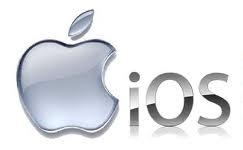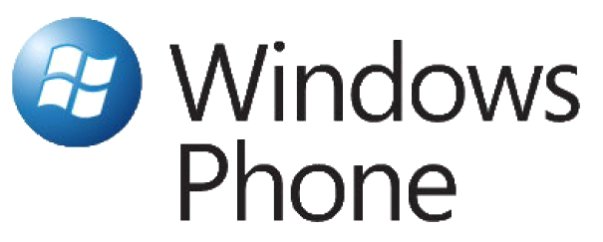| Laboratory (A0) - ANDROID - Introduction, Eclipse IDE + Android SDK |
Getting familiar
with Android platform and its Integrated Development Environment.
- Android App Development Tools (Setup: Eclipse + ADT + SDK) Android's Eclipse ADT installation bundles:
|
| Laboratory (A1.a) - ANDROID - Understand Activity Life Cycle. |
| Download, unpack and open example code 03-1-LifeCycleDemo from V.Matos
archives, or try to create your own version of such Android application, signaling changes of internal state through notifying Toasts e.g. Toast.makeText(this, "onCreate", 1).show(); implemented for all following events: onCreate, onStart, onResume, onSaveInstanceState, onPause, onStop, onDestroy, onRestart. Hint: This
task could be simplified with the use of
Menu
> Source > Override/Implement Methods…
option
from the Eclipse’s top menu.
Observe and note the sequence of messages displayed by the Toast-commands after:
and selecting your application icon. Supplementary readings: - Android Application's Life Cycle |
| Laboratory (A1.b) - ANDROID - Creating example Currency Converter app. |
|
| Laboratory (A2) - ANDROID - Experiments with UI design |
Create single screen/activity application demonstrating the
use of: Layouts, Widgets, and Menu components to compose the user
interface:
|
| Laboratory (A3) - ANDROID - Intents and multi-screen apps |
| Create a multi-activity application demonstrating the
use of Android's
Intents to start another activity or build-in Intent handlers (platform provided applications) like: Contacts, Phone Dialer, Web Browser, Google Map, etc:
At least one of them must return back some results to the launching code. Supplementary readings: - Android Intents - Tutorial (by Lars Vogel) |
| Laboratory (A4) - ANDROID - Telephony API |
Create "TelephonyDemo" application which provides options
for:
|

| Laboratory (A_Project) - ANDROID - advanced application |
|

| Laboratory ( i1 )
- iOS - Intro, development environment, startup
application |
Getting familiar
with Apple iOS7 mobile platform and XCode5 IDE:
Local resources - PDF presentation: Walkthrough iOS 5 |
| Laboratory ( i2 ) - iOS - ViewController life cycle, Segues in Storyboard |
|
| Laboratory ( i3 )
- TableViewController, Master-Detail
programming pattern |
|

| Laboratory (W1) -
Windows Phone - Introduction, IDE, startup application |
Getting familiar
with Microsoft WP 7/7.5 mobile platform, XAML and VisualStudio
IDE:
Update for Windows Phone 8:
|
| Laboratory (W2)
Handling orientation, Binding, Pages and Navigation |
|
| Laboratory (W3)
Launchers/Choosers, App distribution through Marketplace |
Launchers and Choosers:
|